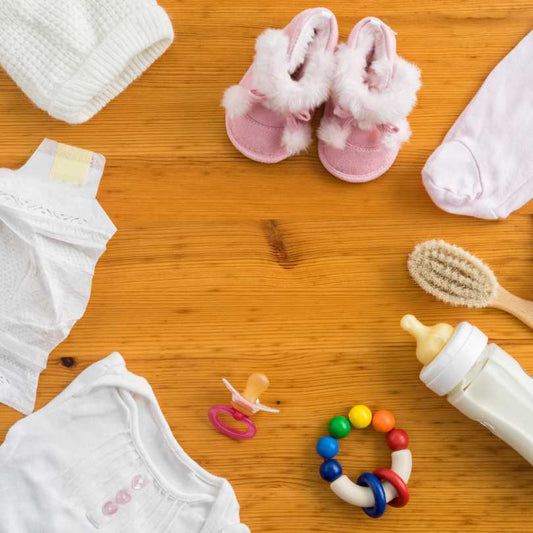
You may be surprised to find that your newborn has skin blemishes at birth, such as small pimples or reddened patches. However, this is completely normal, and there are several types of rashes that newborns can experience. For example, newborn acne, characterized by redness on the cheeks, forehead, neck, and scalp, usually appears in the second or fourth week after birth. It usually clears up on its own within weeks. Miliaria are white pimples that appear on the face and also clear up on their own, while sudamina are red pimples with a white tip that appear on the back and in the creases of the arms and legs. Milk crust, or seborrheic dermatitis, is a lesion found on the scalp and forehead and looks similar to dandruff. It is important to keep your baby's skin dry and cleanse it regularly, especially in the affected areas. If the rashes do not clear up after a few days, you should consult a pediatrician.
6 tips that will help you improve!
-
Use mild cleansers: Use mild cleansers like baby soap or shampoo to clean your newborn's skin to avoid irritation.
-
Avoid overwashing: Overwashing can dry out your baby's skin and worsen rashes. Wash your baby only when necessary and use warm water instead of hot water.
-
Avoid overheating: Avoid keeping your baby in warm or humid environments, as this can worsen rashes. Ensure your baby sleeps in a cool, ventilated environment.
-
Use moisturizer: Use a mild moisturizer to hydrate your baby's skin and avoid dry skin, which can contribute to rashes.
-
Do not use medications without medical advice: Do not use any medications, creams, or ointments on your baby's skin without first consulting a pediatrician. Some medications can worsen rashes or cause allergic reactions.
-
Use special products for the milk crust: There are special products for the milk crust, such as special shampoos and soaps recommended by pediatricians, which help in the care and reduce the possibility of skin damage and inflammation.




